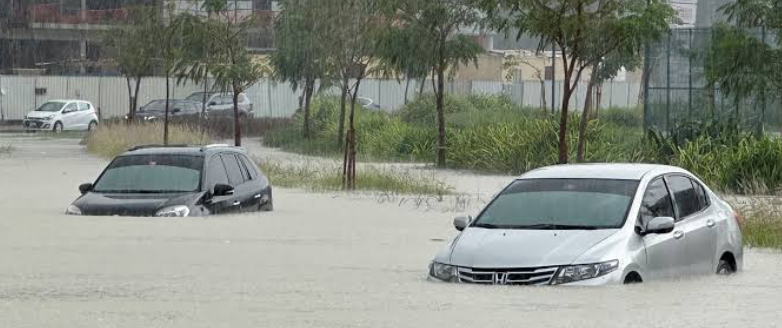Dubai’s Storm Crisis Lessons in Resilience and Climate Adaptation

Dubai, renowned for its futuristic skyline and modern infrastructure, faced an unprecedented challenge as it grappled with the aftermath of a historic storm that inundated the city with a year’s worth of rain in just one day. The deluge caused widespread chaos, with waterlogged roads and flooded homes disrupting normal life.
The city’s iconic Dubai International Airport, a vital transportation hub, struggled to cope with the influx of flights delayed or diverted due to the adverse weather conditions. Additionally, the inundation of roads compounded the logistical challenges, hampering the movement of people and goods across the city.
The scale of the rainfall was extraordinary, marking the heaviest precipitation recorded in the United Arab Emirates in the 75 years since meteorological records began. This extreme weather event underscored the vulnerability of even the most advanced urban centers to the impacts of climate change.
Despite Dubai’s reputation as one of the world’s safest cities, the storm’s aftermath revealed vulnerabilities in its infrastructure and emergency response systems. The sight of millions of dollars worth of cars stranded on flooded streets highlighted the extent of the damage caused by the torrential rain.
In the wake of the disaster, authorities in Dubai faced the monumental task of clearing waterlogged areas, restoring essential services, and providing support to affected residents. The resilience of the city and its inhabitants was tested as they worked tirelessly to recover from the unprecedented natural disaster.
As Dubai continues to grapple with the impacts of climate change, the need for robust infrastructure, disaster preparedness, and sustainable urban planning becomes increasingly evident. The storm served as a stark reminder of the importance of adaptation and resilience in the face of evolving environmental challenges.








